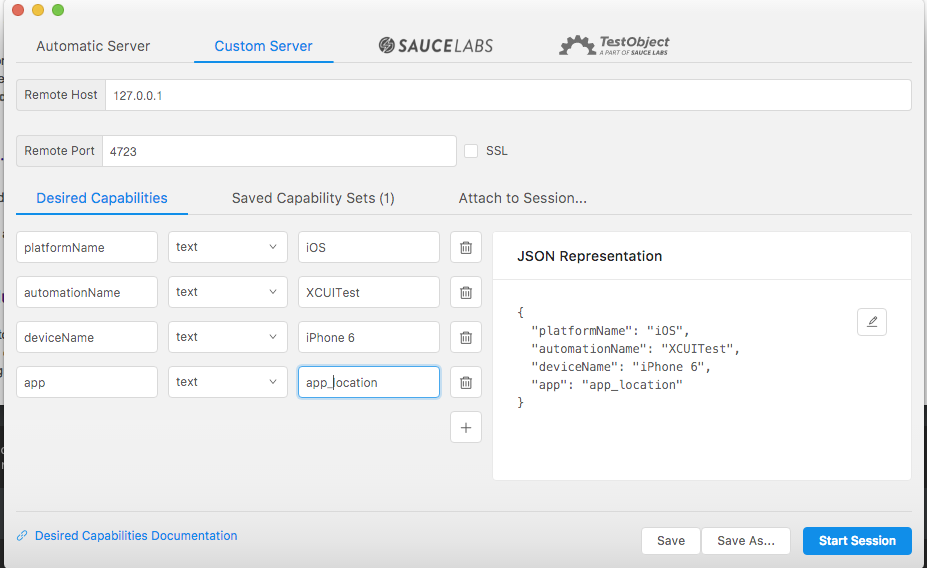

github/workflows, and here, we have the first workflow in our application. We can commit directly to the main branch or create a new branch, but for the first time, we can commit directly to the main branch just to add the GitHub workflow and it's added under. We can start to commit our workflow and we will not change the title. Uses : reactivecircus/android -emulator : api-level : $ arch : x86_64

Uses : actions/setup : java-version : 1.8 - uses : actions/setup : node-version : '12' - run : |Īppium &>/dev/null & - name : Run Appium Tests Strategy : matrix : api-level : target : steps : - uses : name : Set up JDK 1.8 On : pull_request : branches : jobs : build : runs-on : macos -latest # This workflow will build a Java project with Maven # For more information see: name : Java CI with Maven

Then we can double-check Appium is installed with the Appium version.Īfter that, we need to run the Appium in headless mode, so we need to use this command: Then this is the checkout to check out the code from our repository and then with the Java version, we are setting up NodeJS because we need to use it with installing Appium.Īfter we use NodeJS with version 12, we can start here with npm installing the latest version of Appium. I changed the operating system to be macos-latest instead of ubuntu, and I added strategy and under matrix we have api-level, so I will run Android devices with api-level "25" and target will be. We need to change our workflow in this section. Then, with the steps we have a checkout, we have Java, we have Maven, and everything we will need to add our test steps for installing the Appium, or running Appium in headless mode, or to be able to use the command line with Maven. The build will be ubuntu-latest so we need to change the machine to be MacOS so we will change this to be macos-latest version. Here you will see that on every push of the main branch or every pull_request, we will run this trigger. Then we can change the name in this file to "Appium Android". We can select Java with Maven and click "Set up this workflow".įor the first one, we will use it for Appium and Android, so we will name the workflow appium-android.yml. You can find AWS, for Azure, for NodeJS, and a lot of things. Here we can find different templates for the GitHub Actions projects. To create our GitHub Actions YML file, we can click on "Actions". Chapter 11.2 - Configure and Run GitHub Actions with Appium


 0 kommentar(er)
0 kommentar(er)
